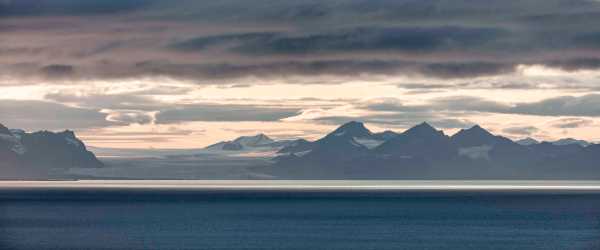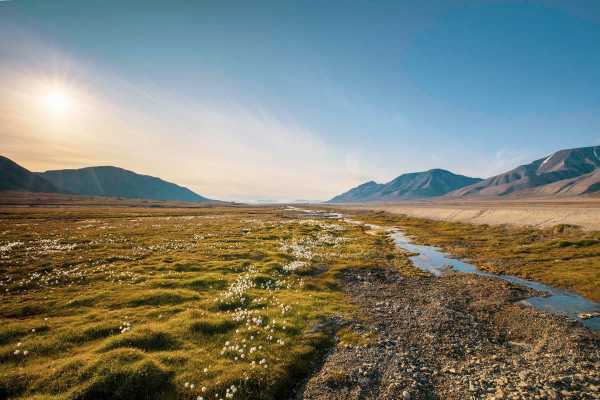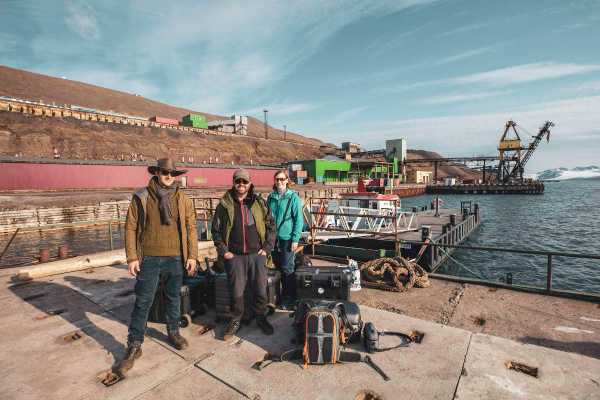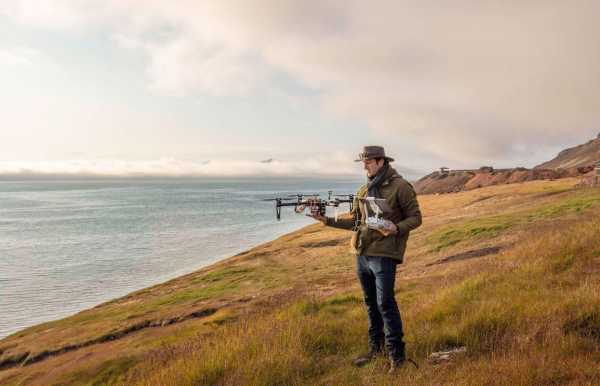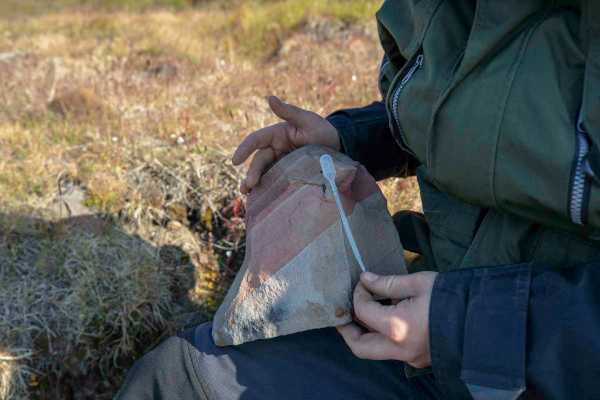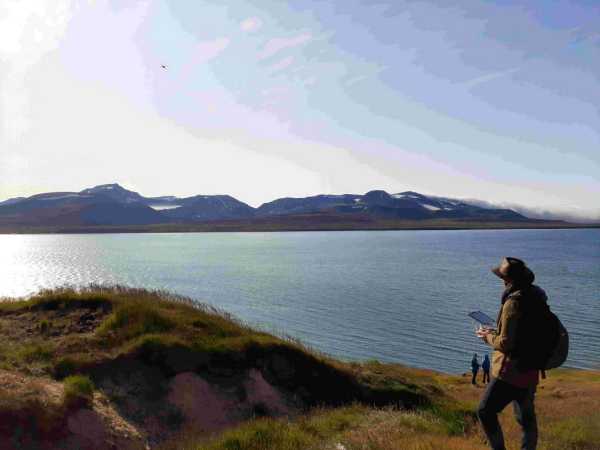The spread of invasive plant species and it's relation to accelerated soil weathering.
Arctic ecosystems are highly susceptible to climate change that drives rapid soil and vegetation dynamics. The Svalbard archipelago is one of such changing Arctic ecosystems showing one of the most extreme global warming trends, which accelerates biogeochemical activity of vegetation and soils. Due to the past development of mining activities, Svalbard settlements host a large number of invasive species, which compete with native species and establish new populations. Soil development linked to climate change is expected to facilitate their further expansion, thus threatening this fragile Arctic ecosystem.
In cooperation with partners from plant ecological genetics (external page Kristine Westergaard, external page Norwegian Institute for Nature Research and Simone Fior, Plant Ecological Genetics, ETH Zurich) we propose an interdisciplinary approach to strengthen our understanding on the plant-soil interaction in the warming Arctic that foster the spread of invasive species. We assess a wide range of soil and vegetation properties that may allow us to predict potential pathways of invasive species spread. To fuse plot measurements with landscape scale, we will use soil and plant spectroscopy based on remotely piloted aircraft systems.
Preliminary project external page Florian Wilken
